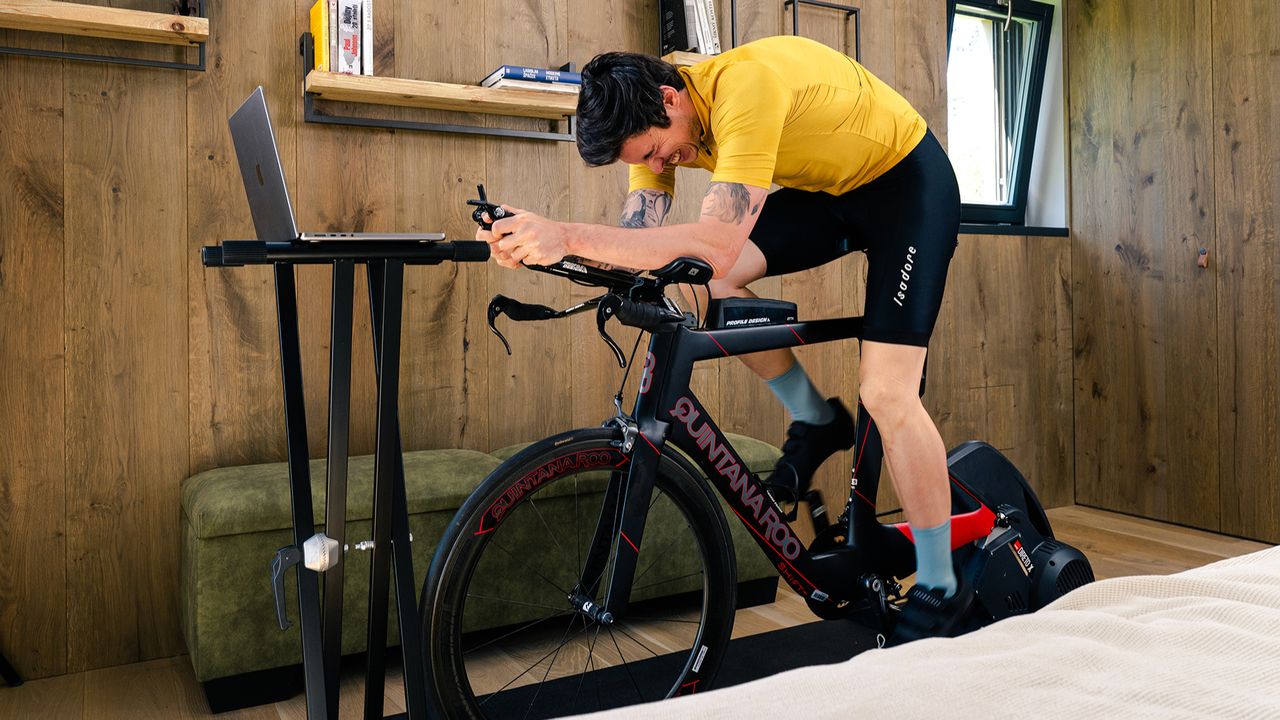
When it comes to indoor training, it may seem something that can be done very easily for quite a limited cost. And in essence it is; you use the same bike that you would use out on the road, whack it onto a trainer, and away you go. You can certainly do it this way, but more often than not there are a few hidden costs that can be classed into the following categories; necessary, comfort based, and performance based.
Necessary hidden costs
Indoor training mat.
This is an absolute essential, especially if you are using the same bike that you use to ride outdoors. There is a good chance that you will not clean your bike after every ride, so a chain covered in dirty black oil is a real possibility. Add this onto your indoor bike, and there will be particles of filthy chain grease ejected from your cassette and chain. If your training is set up in a room with carpets, or has any fabric furniture nearby, you need a turbo mat to avoid stains and filth. I say this with firsthand experience.
Regular new bar tape.
Indoor training has zero wind chill, and can build up in heat and humidity quickly. A consequence of this is increased sweating with very reduced evaporation both on yourself and you kit. Often bikes have aluminium bars, and sweat is a corrosive liquid. As the sweat settles in through the tape and onto the bars, you can get salt build-up which can eventually lead to bars becoming brittle. If you use the same bike outdoors, this can have serious consequences. Unwrap your bar tape to check your bars regularly, replacing the tape, and in some cases, the bars, more often than you would ever need to outside.
Nutrition.
Again, closely linked to indoor riding generating more heat, it is likely that you will need more indoor specific nutrition. This can be in the form of sports nutrition supplements, or just needing to buy more food and salts. As we train in elevated temperatures, out body does two things. We sweat more, expending more salt and liquid, and we use more carbohydrates for the same relative intensity. This means fuelling and hydrating indoor sessions is key, so even in winter using salt/electrolyte tabs and carb drink may be necessary. You can however, save some money and make your own.
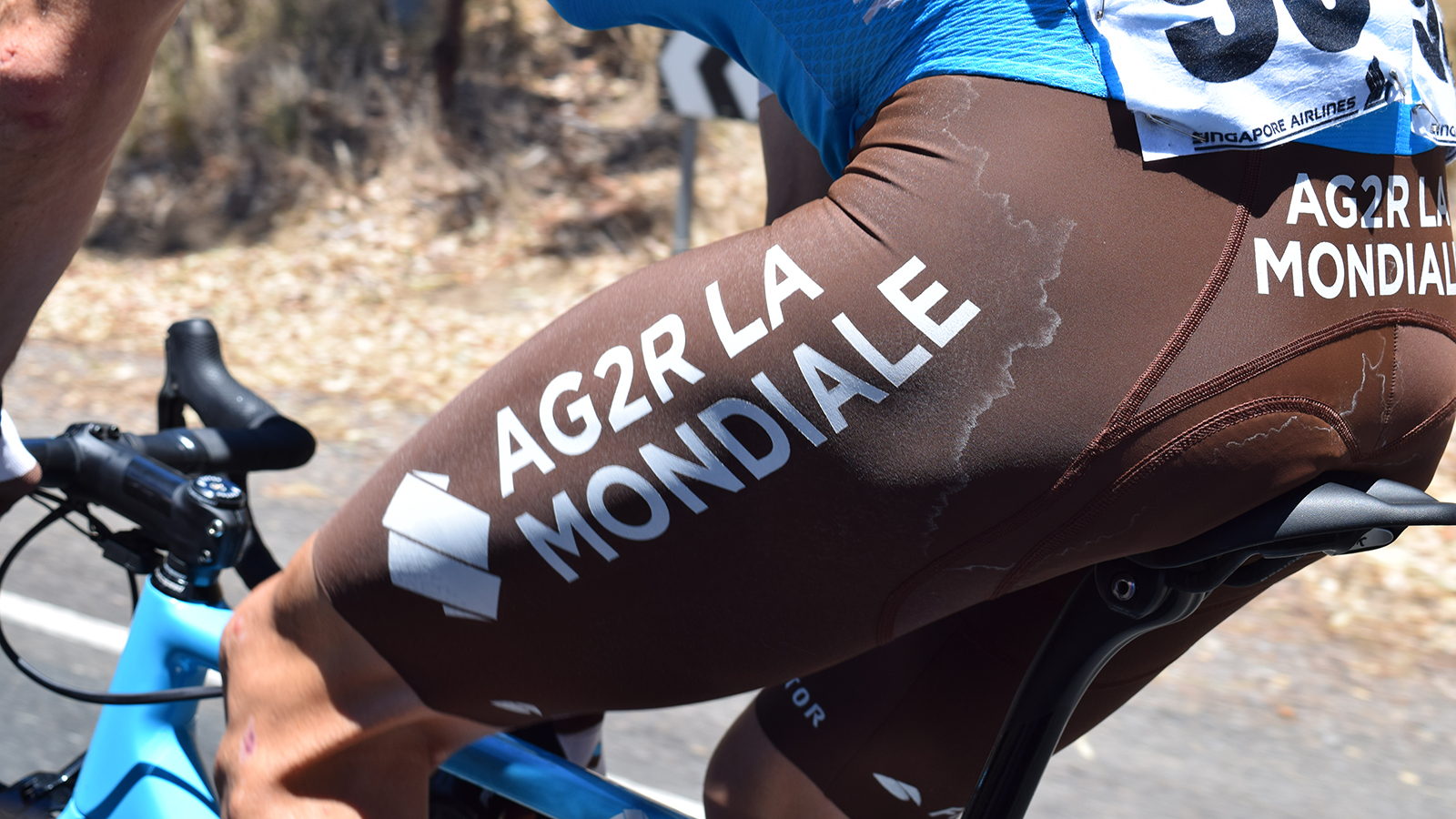
Frequent kit washing.
You should always wash your kit straight after use for hygiene purposes anyway, but with the increased prevalence of sweat when indoor training, it becomes all the more important. A sport wash detergent is a great investment as they are non-biological to avoid irritation in sensitive areas, and also help remove sweat odours.
Chamois cream.
This should ideally be used when road riding as well to reduce friction and irritation, but with indoor training being on a fixed platform and with higher sweat prevalence, chamois cream becomes even more vital to avoid any saddle discomfort over time.
Comfort based costs
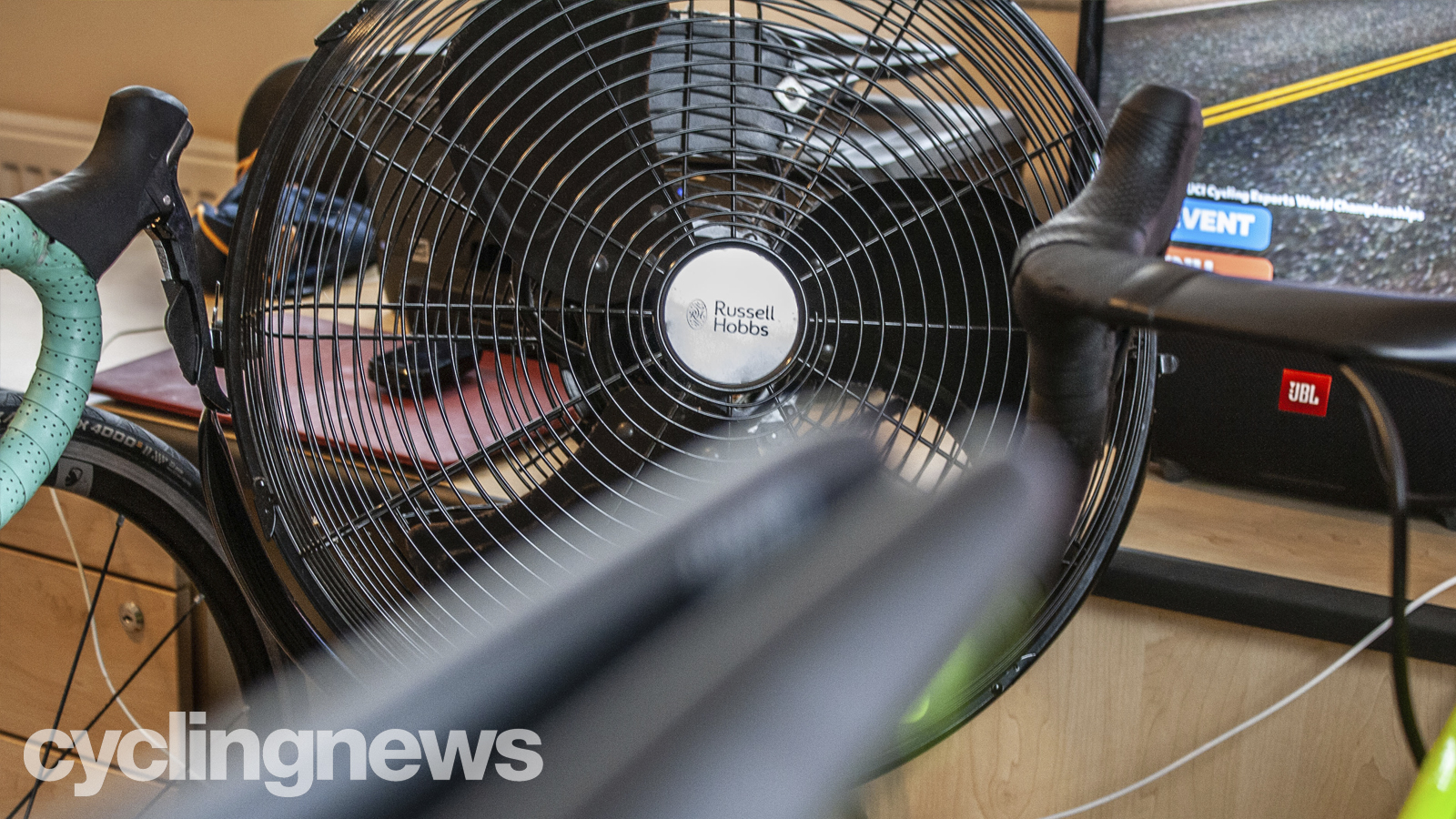
A fan.
Following on from the increased body temperature element of indoor training, this means keeping cool can make a big difference to comfort while training. Having a good flow of ventilation through the room can make a big difference, while a fan will provide airflow to aid evaporative sweat loss. Nothing fancy is needed here, a desk fan or standing fan will do the job well, but still present an additional cost.
Indoor training apps.
We no longer have to spend our indoor training looking at a brick wall, even if I have weirdly fond Type 2 Fun memories of training in the cellar. Now we have a spate of indoor training apps to use which vary from the more gamified elements of Zwift with its mantra of “fun is fast”, to the real world simulation of Rouvy and the pared back IcTrainer, to mainly function indoor training systems like TrainerRoad. These all offer different elements to cater to individual wants and requirements, but do also tend to come at a cost per month or year. Outliers such as MyWhoosh offer much of this on a free to use platform for those who would like to avoid this cost.
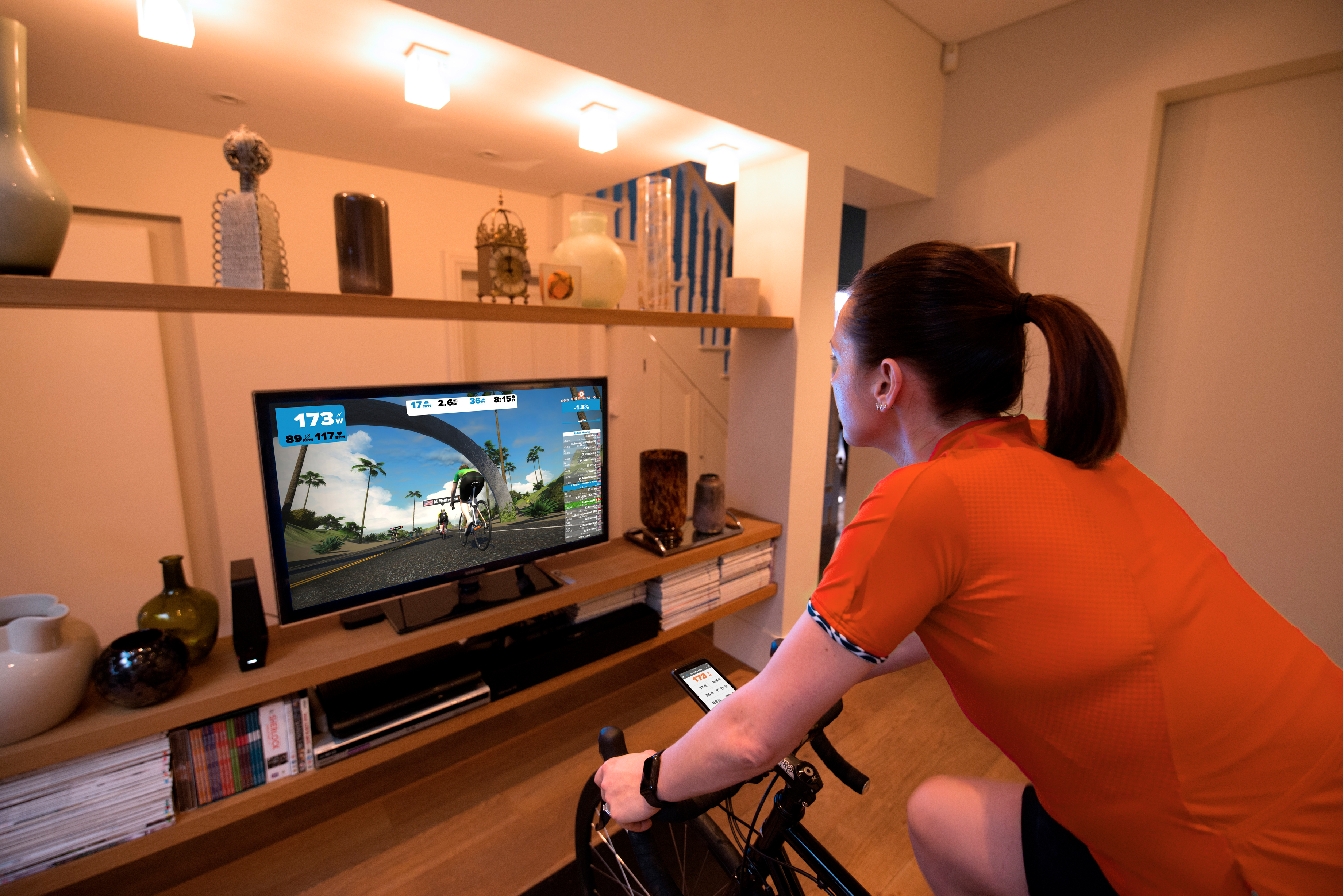
Indoor media system.
Moving on from indoor training apps, we then have how we view them. A smartphone in front of you doesn’t really make best use of real world simulation or advanced training dashboards. You can opt to run this on a laptop, or even a tablet as many smart bikes have tablet holders inbuilt. For a larger scale setup, apps like Zwift and MyWhoosh have an AppleTV app so you can view your virtual riding platform on the big screen to increase the immersive action.
Dedicated indoor bike.
You can use the same bike you use outside, but to reduce time spent cleaning, using a dedicated indoor bike can be useful. It doesn’t have to be anything fancy, I use an old rim brake frame with a small hole in one of the chainstays. It’s not road worthy, but has done seven years on the indoor trainer. This also removes the risk some people have about damage to carbon frames on indoor trainers.
Motion add-ons.
From rocker plates to the new MUOV bike, there are varying degrees of movement you can have on your indoor bike. Given how we move around the bike and tilt slightly each side when pedalling, locking ourselves in place can mean excessive movement around the saddle and increased chance of saddle sores. Rocker plates are large platforms that allow side to side movement, while Wahoo and Tacx have their own inbuilt versions on the Kickr and Neo trainers. Fore and aft movement is also included on the Wahoo Kickr Move and Tacx Neo 3T models, but at a cost. At the highest end is the MUOV bike, with lots of lateral movement to better simulated real world movement on the bike.
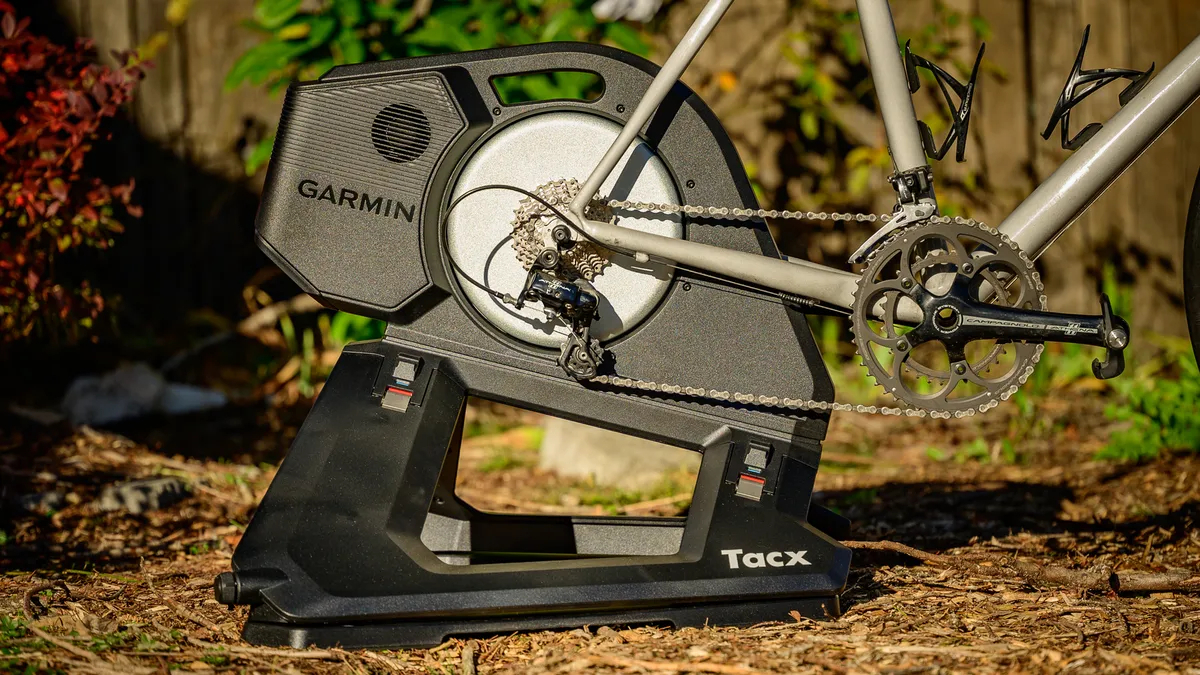
Performance based costs
Drivetrain cleaning.
Often indoor trainers measure power at the hub, in direct drive trainer cases this is always the case. This means that there is the potential for more power to be lost through the kinetic chain or crankarm, chainrings, chain, and cassette before the power is read. This can lead to power readings sometimes a handful of percent lower than what is measured at the pedals or crank. This can result in needing to adjust indoor versus outdoor power thresholds, and becomes more apparent if drivetrains are not kept clean and spotless. This is why many indoor E-racers use waxed chains and even oversized pulleys, to limit the reduction of power losses by the time power is measured at the hub. For your own performance, you don’t want to be missing out on a handful of watts because your chain is dirty.
Enhanced cooling equipment.
For those looking for peak performance and wattage, enhancing your indoor cooling will boost performance on the day. Smart fans are an option, which can link to your heart rate monitor to increase the airflow. Serious E-racers also use dehumidifiers to improve cooling further, although these can also be really useful to maintain the health of your room/furniture/house as a whole.
Turbo specific kit.
Following on from the trend here, most of these costs around indoor cycling when it comes to performance or comfort are temperature related. You can get specific indoor cycling kit aimed to improve cooling. Perforated bib shorts, more breathable cycling shoes, wrist and neck coolers, or base layers with inserts for ice packs. All of these are similar in function to why World Tour Pros use icepacks and slushies in advance of hot weather races.
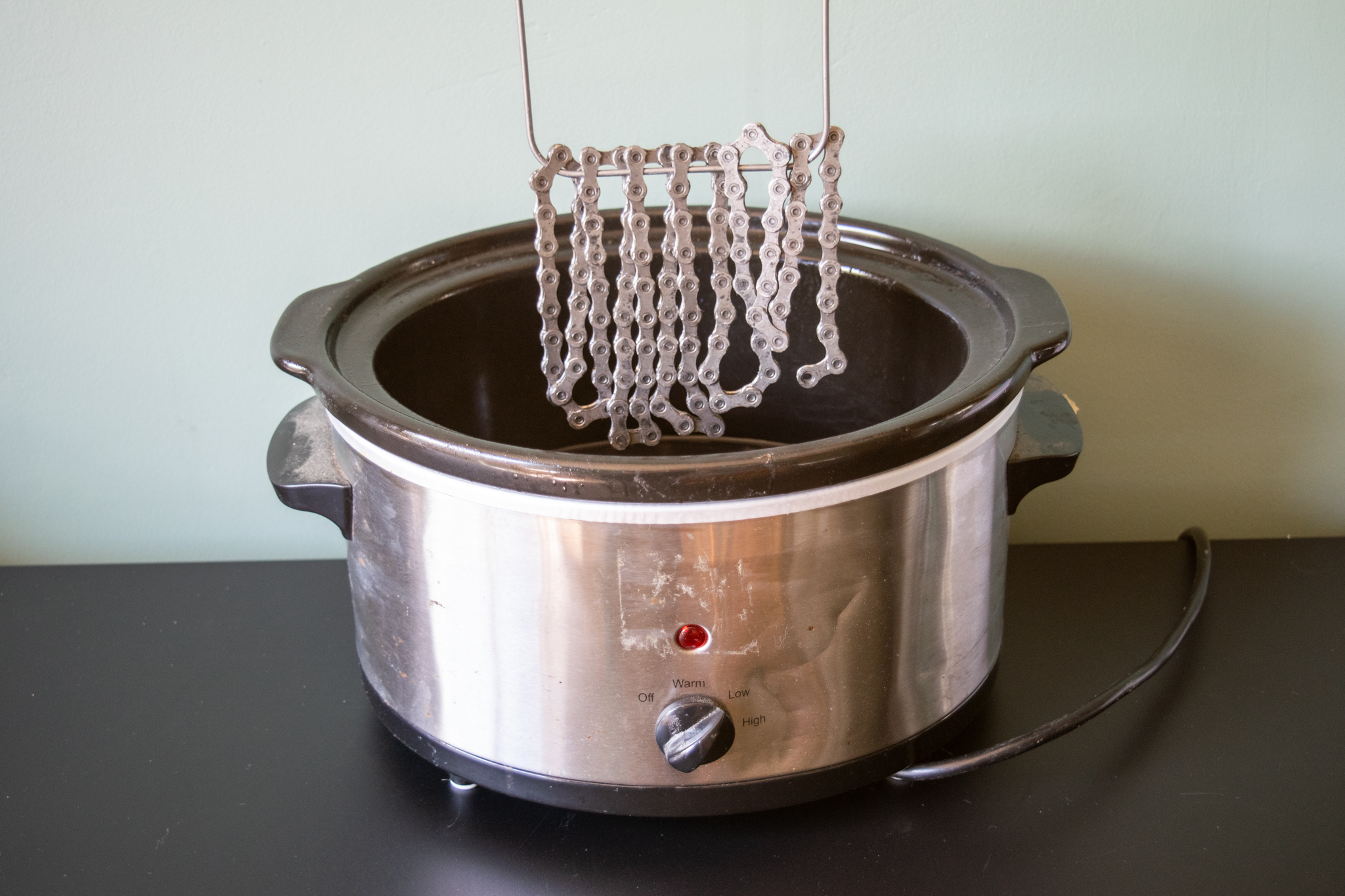
Conclusion
Obviously several of these costs are not necessary to make indoor training possible. You can do perfectly useful indoor training sessions to boost fitness or avoid the rain with a very simple setup in reality. However, for those that train indoors regularly, there are several costs which truly are essential for health and safety, namely ensuring no sweat damage to components and keeping yourself clean.
The rest of these points are not necessary, but certainly do improve comfort or performance, in some cases both. The way to go is start with the basics, and then build up from there if you feel you would benefit from enhanced comfort and performance on the indoor bike.







